What a meaningful conversation we had with Mufaro Nyachoto! Alongside my co-hosts, Omar Gawad and Andre Spies, we spoke above the critical role of collaboration in AI and the importance of keeping humans in the loop. Mufaro emphasized that AI wouldn't exist without people, a vital point to remember as we navigate through the AI age. After all, technology should ultimately serve humanity.
Why Is Communication Essential in AI Transformation?
How Can Communication Bridge the Gap Between Humans and AI?
Mufaro emphasized that effective communication is vital for successful AI transformation. “For people to embrace AI, they need to feel heard and understood,” she explained. Many individuals harbor fears and misconceptions about AI, often worrying about job displacement or the potential dangers of automation.
To alleviate these concerns, organizations must engage in transparent communication, providing opportunities for training and open discussions about AI's capabilities and limitations. Mufaro noted, “Communication is the bridge between adopting AI and reducing resistance.”
Key Takeaways:
- Ensure that employees are informed about the purpose and benefits of AI.
- Create feedback loops that allow employees to express their concerns and experiences.
- Foster an environment where open dialogue is encouraged.
How Do We Ensure AI Strategies Engage People?
What Steps Can Organizations Take to Include Employees in AI Initiatives?
Mufaro highlighted the importance of involving employees in the AI implementation process. “Change management is crucial,” she stated. Organizations should prioritize transparency and actively seek input from team members throughout the project lifecycle.
By co-creating AI solutions with employees, organizations can foster a sense of ownership and reduce resistance. Mufaro emphasized that when people feel they have a say in the process, they are more likely to embrace the changes.
Action Steps:
- Involve employees in discussions about AI initiatives from the outset.
- Encourage collaboration between technical and business teams to ensure diverse perspectives are considered.
- Allow employees to co-create solutions, giving them a stake in the outcome.
What Challenges Do Cross-Functional Teams Face in AI Projects?
How Can We Improve Communication Across Departments?
Mufaro pointed out that cross-functional teams often struggle with communication, especially when bridging the gap between business and technology. “Understanding the ‘why’ behind AI initiatives is essential,” she noted.
To improve collaboration, teams should establish a shared vision and common terminology. This ensures everyone is aligned on goals and expectations, reducing the likelihood of misunderstandings.
Strategies for Effective Cross-Functional Communication:
- Facilitate workshops to clarify objectives and establish a shared understanding.
- Encourage active listening and open dialogue among team members.
- Create a roadmap that outlines the roles and responsibilities of each team member.
How Can We Maintain Human-Centered Communication in an AI-Driven World?
Why Is Emotional Intelligence Still Important?
As AI becomes more prevalent, maintaining emotional intelligence in communication is crucial. Mufaro emphasized that people crave human connection, especially in a technology-driven environment. “We need to ensure that empathy and active listening remain at the forefront of our interactions,” she explained.
Incorporating human elements into AI processes can enhance user experience and build trust. Mufaro suggested that organizations should strive to balance AI efficiency with the need for personal connection.
Key Principles for Human-Centered Communication:
- Foster an environment where employees can express their feelings and concerns.
- Ensure that communication about AI is empathetic and supportive.
- Involve human representatives in delivering sensitive messages, rather than relying solely on automated systems.
What Is the Role of Validation and Verification in AI Projects?
How Do We Ensure AI Outputs Are Reliable?
Mufaro and I discussed the importance of validation and verification in AI initiatives. “As business analysts and architects, we must ensure that the requirements and outputs of AI projects are accurate and reliable,” she stated.
Validation involves confirming that the AI model meets the specified requirements, while verification ensures that the model performs as expected in real-world scenarios. This process is essential for maintaining trust in AI systems and ensuring they deliver value to the organization.
Recommendations for Effective Validation and Verification:
- Establish clear metrics for success at the outset of the project.
- Regularly review AI outputs against these metrics to ensure accuracy.
- Involve cross-functional teams in the validation process to gather diverse perspectives.
How Can We Foster Trust in AI Solutions?
What Steps Can Organizations Take to Build Trust with Employees?
Mufaro emphasized that trust is fundamental to the successful adoption of AI technologies. “To build trust, we must be transparent about what AI can and cannot do,” she explained. Organizations should clearly communicate the capabilities and limitations of AI systems to manage expectations effectively.
Additionally, creating a culture of continuous feedback is essential. Employees should feel comfortable sharing their experiences and concerns regarding AI, allowing organizations to address any issues that arise.
Key Strategies for Building Trust:
- Provide training sessions that educate employees about AI technologies.
- Create opportunities for open dialogue where employees can voice their concerns.
- Establish governance frameworks that outline how AI will be used and the ethical considerations involved.
Conclusion
Our conversation with Mufaro highlighted the significance of collaboration and the human element in AI transformation. As we embrace new technologies, it’s crucial to remember that AI should enhance human capabilities, not replace them. By prioritizing effective communication, validation, and trust, organizations can successfully navigate the complexities of integrating AI into their operations.
As we move forward let’s continue to advocate for a people-centric approach, ensuring that technology serves to uplift and empower individuals in all aspects of life.
Call to Action: Embracing Collaboration in AI
As you reflect on these insights, consider how you can promote collaboration and communication within your organization. Here are some steps to take:
- Engage Employees: Involve team members in discussions about AI initiatives from the start.
- Foster Open Dialogue: Create an environment where employees feel comfortable sharing their thoughts and concerns.
- Promote Continuous Learning: Provide training opportunities to help employees adapt to new technologies.
Connecting With Us...

To get biweekly videos and interviews from leaders around the world, why don't you try connecting to our Architecting AI for Business Newsletter
Want to access more content, connecting with the Inner Circle is recommended
Just a reminder that Agora Insights and now Aidon.ai open up a world of learning and AI-Assisted Solutions for Business Architects, Analysts, Strategists, and Business Leaders. Contact us for a demo.
To watch more videos, visit YouTube.
Interested in business architecture and business analysis certification, corporate and AI training?
Go to our website www.agorainsights.com
Connect with Deirdre Caren on LinkedIn
Post sponsored by Agora Insights Ltd


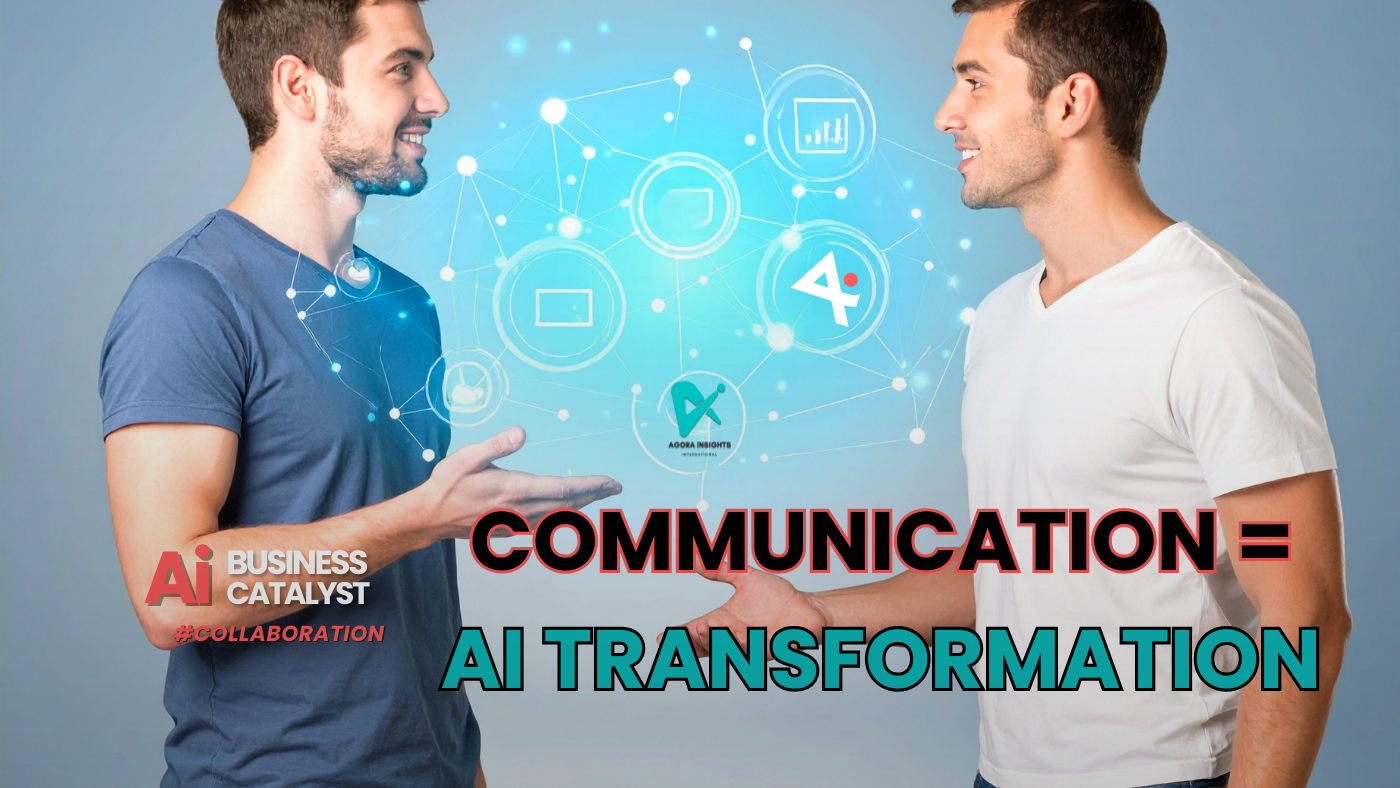
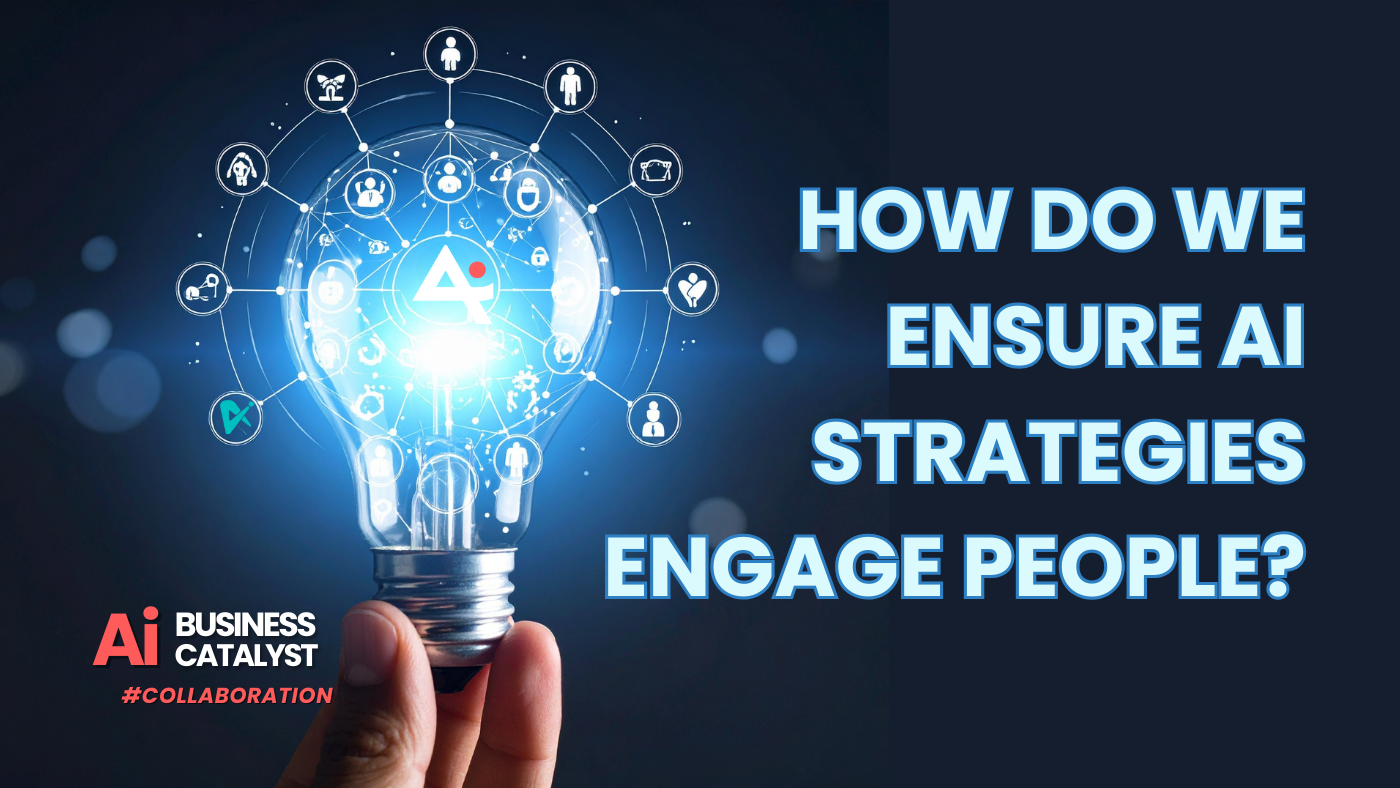

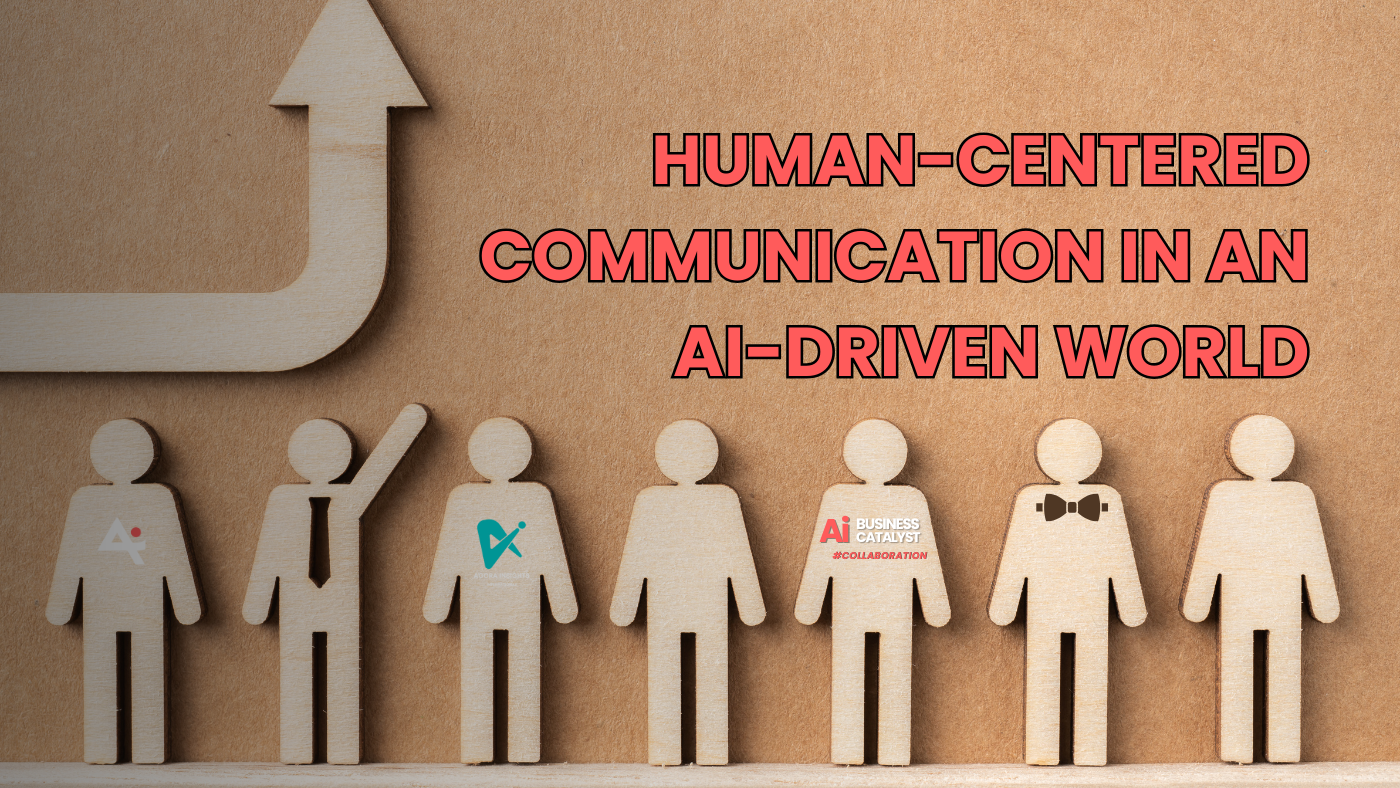
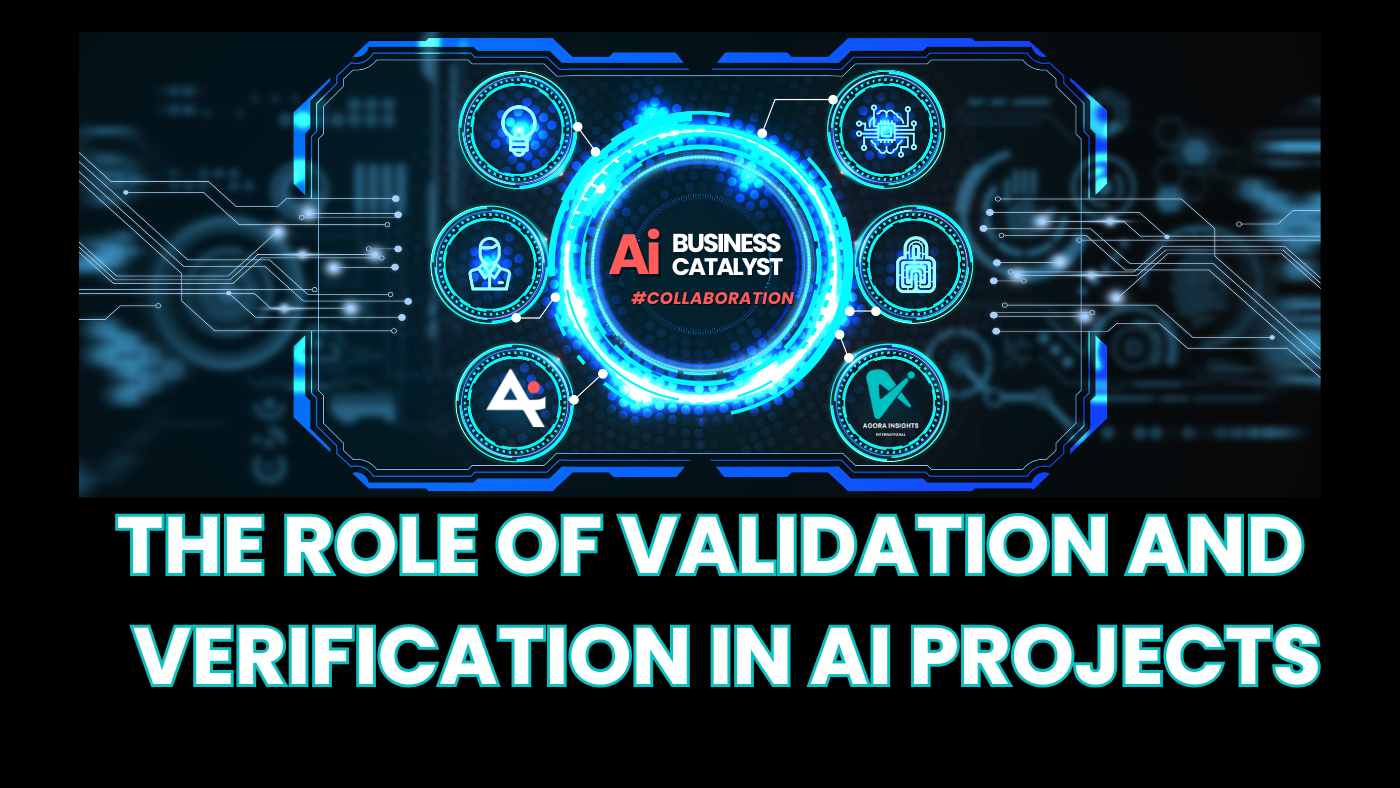
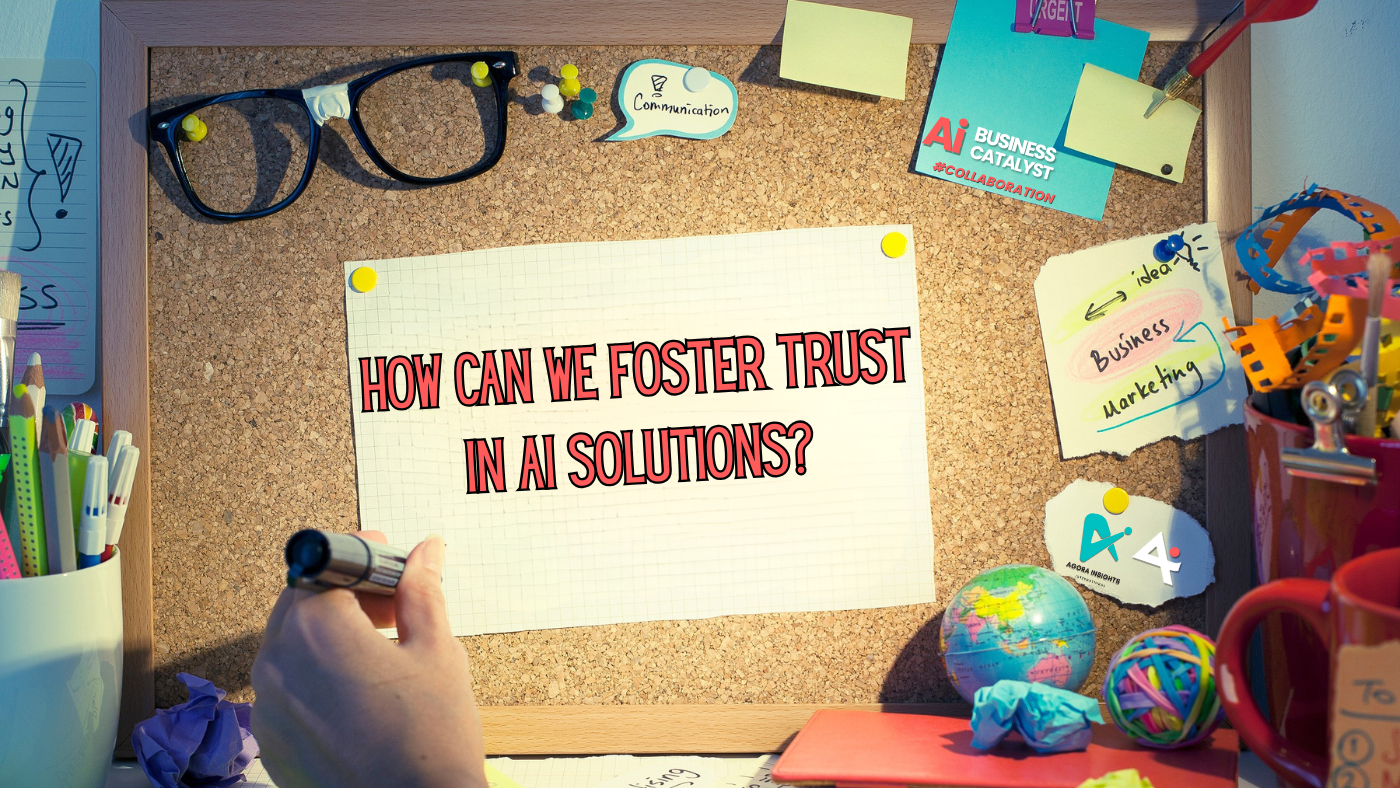
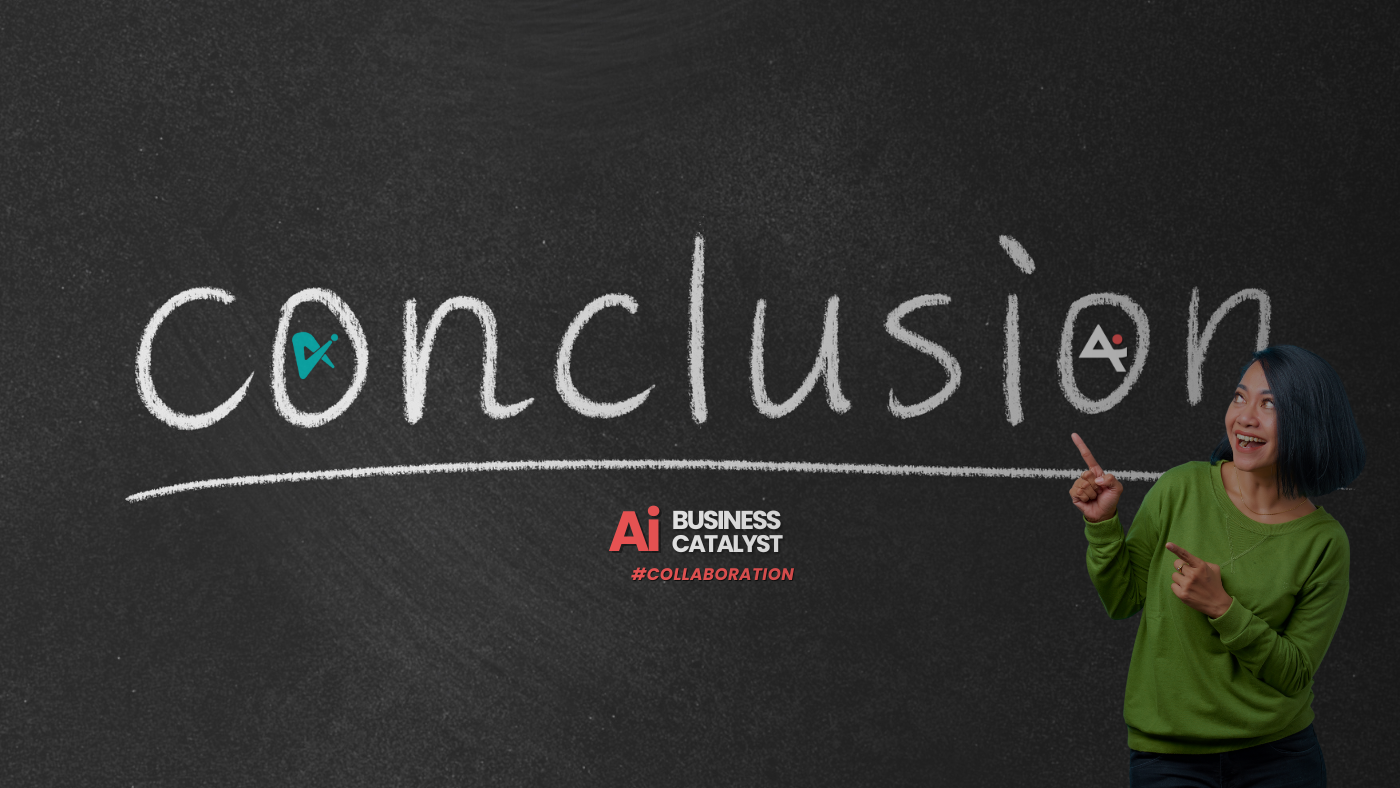
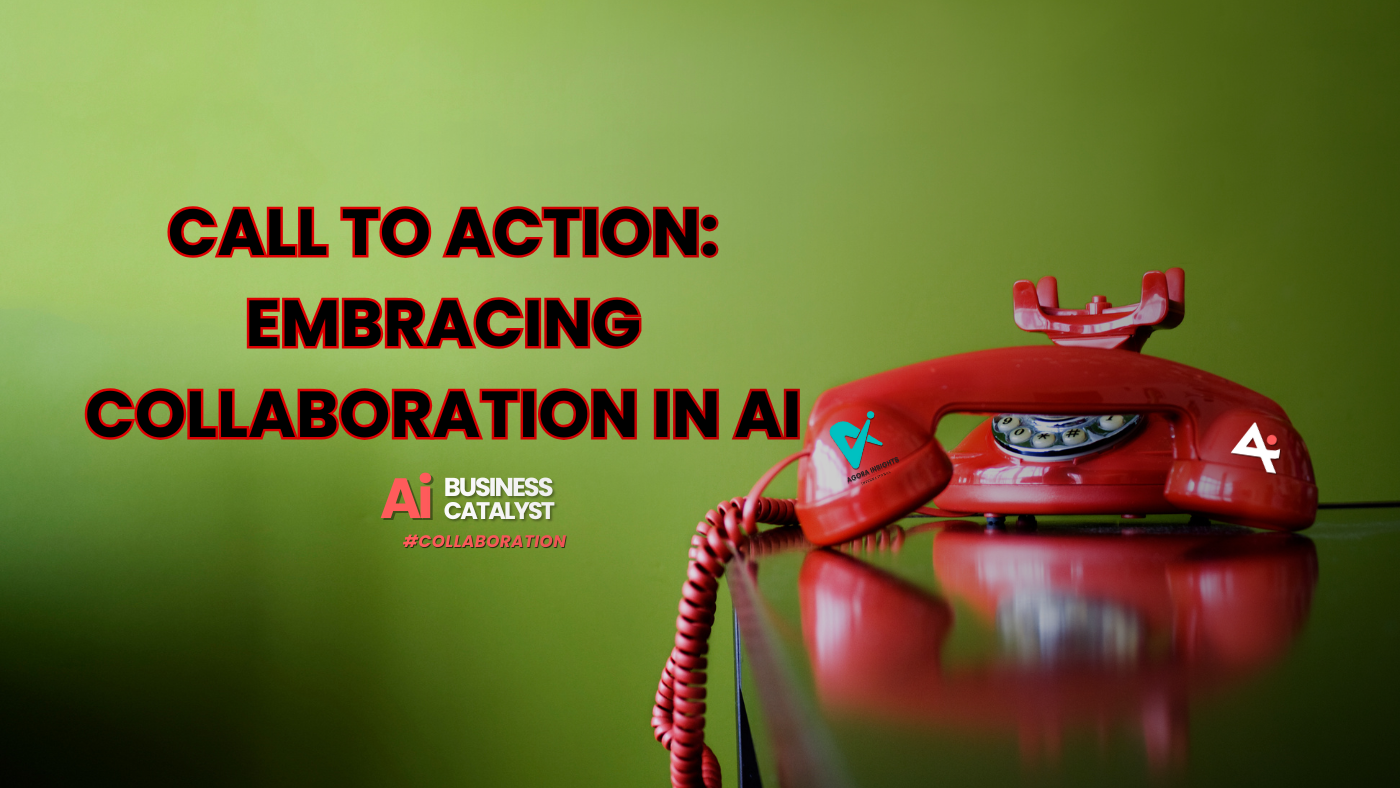
Post a Comment